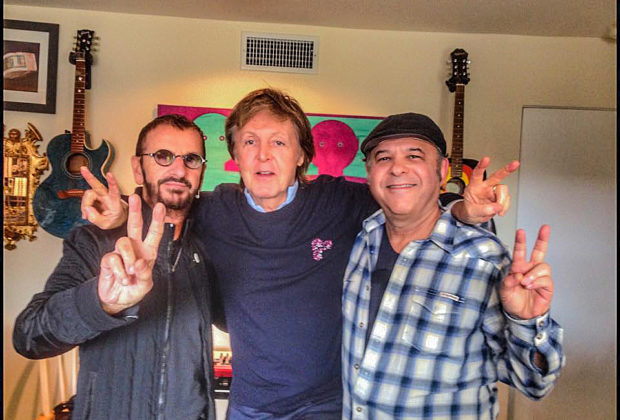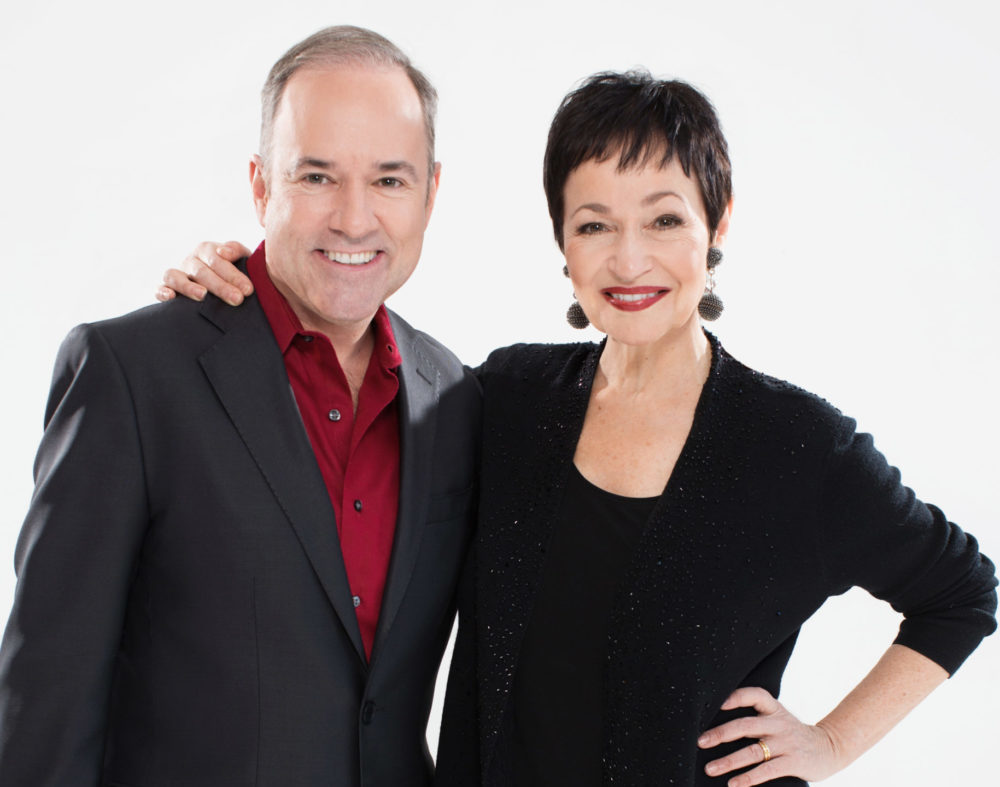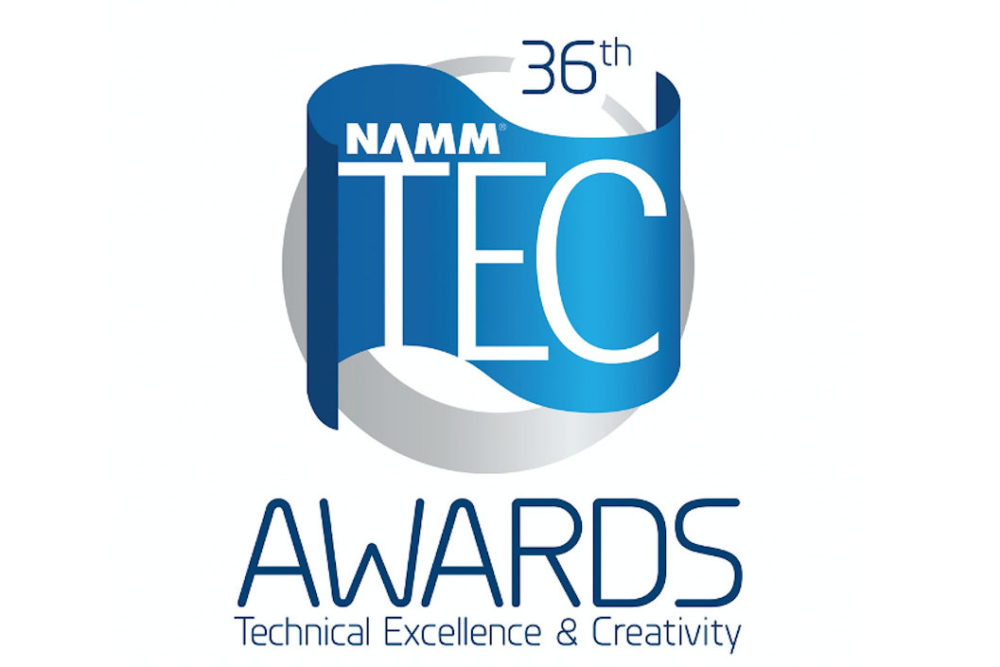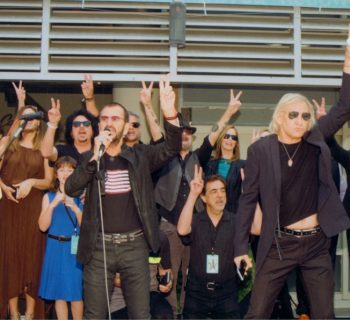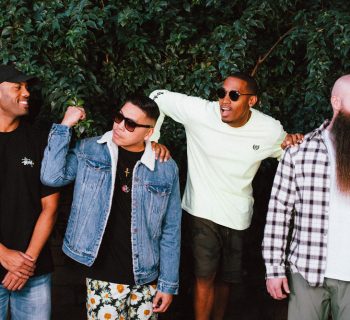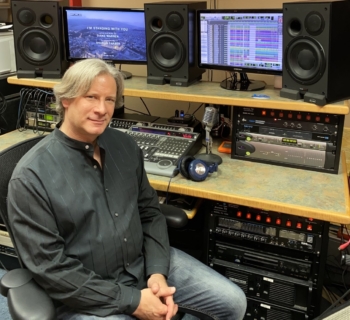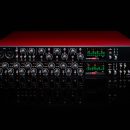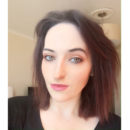Producer, engineer and musician Bruce Sugar began his engineering saga when he was a drummer and pianist as an undergraduate in Boulder, CO. He knew little about the field then. But a friend had assembled a mobile studio for recording live shows and he was invited to join in. His first session was with Little River Band at storied venue Red Rocks Amphitheatre. He then made for Nashville, where he landed a gig at Quadrafonic Sound Studio, at which he shaped and sharpened his skills. He moved to Los Angeles five years later and has now worked with artists such as Ozzy Osbourne, Dan Fogelberg and Ringo Starr. Indeed, he often works with Ringo at his home studio.
Sugar’s first step with an artist with which he hasn’t worked before is to become acquainted with their influences and what their dreams and expectations are. “The main thing that Nashville taught me is that the song is king,” he says. “Whenever you meet a new artist as a producer, you make sure they have good material to record. The selection is incredibly important. If you’re engineering, though, that’s really not your call.”
On the matter of choosing songs, that’s part of his pre-production process when he’s in the studio with someone for the first time. However, when it’s an artist with whom he has a history, like Joe Walsh or Ringo Starr, he adopts an altogether different approach. “There’s a spontaneity involved that’s key to the magic in the studio,” Sugar asserts. “You don’t want to be over-prepared. You still want to leave leeway so that magic can occur. To be in a box where you’ve planned out every part is not a good thing. That doesn’t really work unless you’re doing film and everything is written out.
“Ringo has the best internal balance of the drums of anyone I’ve worked with,” he continues. “You can put one mic in the room and it’s going to be the right balance because that’s how he started: there were two mics and if he didn’t hit his snare hard enough, you didn’t hear it. The way he hits each drum is stellar. So I can use room mics to get a bigger sound in that small room.”
When it comes to mic selection for Ringo’s drums, Sugar resists the temptation to side with vintage gear. “A lot of guys try to use AKG D30s––the old mics that Ringo used with The Beatles,” he observes. “They’re hard to find and [the drums] don’t sound like a modern kick drum. They’re a little light on the low end. Some people use them to try to recreate that Beatles sound. But it wasn’t the mics. It was the drums and the way [Ringo] played them.”
Like everyone, Sugar’s process has been affected by the pandemic. But as a nimble professional, he’s found ways to adapt. “I’ve done four songs recently, all remotely,” he explains. “I did the arrangement at my place, sent it to the guitarist, he added his parts and then sent it on to the bass player, and so on. It worked out well except that most musicians aren’t engineers and the quality of the recording was a little less than I’m used to so I had to compensate for that. But the technology is getting better and better. Once the pandemic has passed, some of these techniques may stick around.”
Contact brucesugar.com

